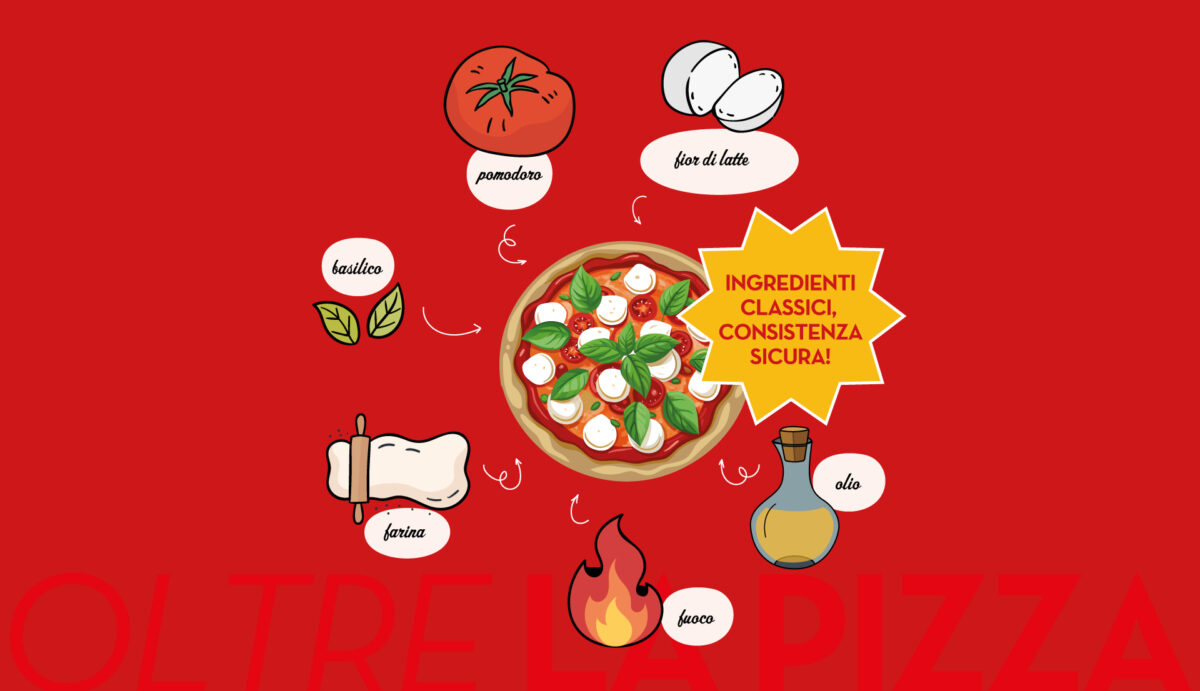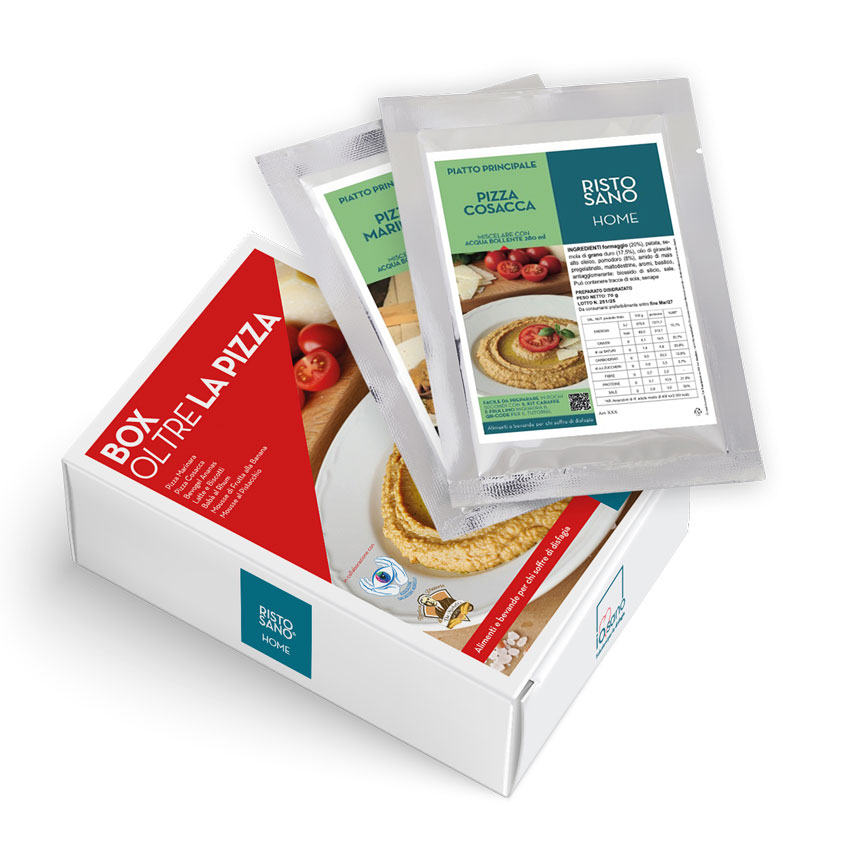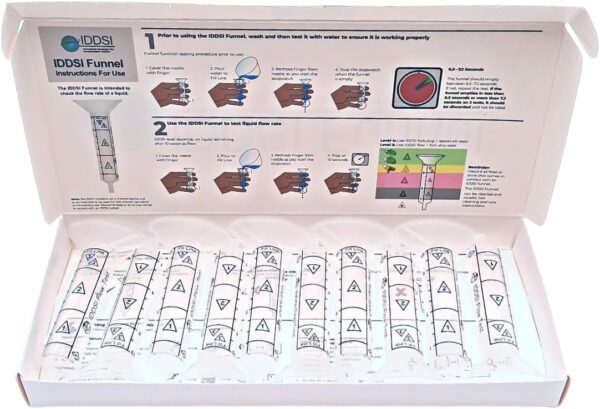Complete guide and recommended products Ristosano Home
Dysphagia is a condition characterized by difficulty swallowing food and drink. To ensure safety, hydration, and proper nutritional intake, it is essential to choose foods with modified consistency that are easy to swallow and comply with IDDSI guidelines.
In this guide, you will find out what to eat if you have dysphagia, what products to choose, and how to simplify meals with the ready-to-eat and balanced foods available at Ristosano Home.
What to Eat in the Case of Dysphagia
Those with dysphagia need foods with controlled textures-soft, homogeneous, smooth-to avoid choking hazards and ensure safe intake of calories, protein, and fluids. The main categories indicated are:
- Soft or creamy meals
- Homogeneous purees
- Gelled beverages
- Fruit mousse
- Unique dishes with controlled consistency
- Smooth and lump-free protein desserts
Ristosano Home offers products designed specifically for these needs: ready-made, balanced and conforming to the required consistencies, ideal for those seeking a practical and safe solution.
DYSPHAGIA: WHAT TO EAT. RECOMMENDED PRODUCTS
1. Useful accessories for the management of dysphagia
Blender with USB adapter
An indispensable support for more homogeneous textures.
https://ristosanohome.com/prodotto/kit-1-frullino-adattatore-usb/
Meal and hydration dispenser jugs
Ideal for correctly measuring volumes of gelled meals and beverages.
https://ristosanohome.com/prodotto/kit-2-brocche-dosatore-pasti-idratazione/
Pitcher + blender kit
Practical complete set for families or caregivers.
https://ristosanohome.com/prodotto/kit-2-brocche-1-frullino/
IDDSI Funnel
Professional tool for checking the correct consistency of food according to IDDSI standards.
https://ristosanohome.com/prodotto/funnel-iddsi/
2. Breakfast for dysphagia
Breakfast can be a critical time for those who have difficulty swallowing. Ristosano Home offers breakfasts that are already calibrated and safe.
Tea and cookies
Soft, easy-to-swallow breakfast designed for those who need controlled textures.
https://ristosanohome.com/prodotto/te-e-biscotti/
Milk and protein cookies
Nutritious, protein-rich breakfast tested to be easy to take.
https://ristosanohome.com/prodotto/latte-e-biscotti-con-proteine/
3. One-dish meals and soft starters
Ideal for lunch and dinner for those who need soft or creamy textures.
Pasta Mix
Modified texture pasta, tasty and digestible.
https://ristosanohome.com/prodotto/mix-pasta/
Regional Mix - Unique Dishes
Traditional Italian recipes adapted for dysphagia without sacrificing taste.
https://ristosanohome.com/prodotto/mix-regionale-piatti-unici/
Mix Secondi
Soft and balanced main courses, ready in minutes.
https://ristosanohome.com/prodotto/mix-secondi/
4. Gelled Beverages
Essential to ensure proper hydration in those who cannot take normal fluids.
Frozen Drinks Mix
Available in various flavors, safe and easy to swallow.
https://ristosanohome.com/prodotto/bevande-gelificate-mix/
5. Fruit Mousse
Perfect for snacking or as a fresh and nutritious snack.
Fruit Mousse Mix
Creamy and smooth fruit without chunks.
https://ristosanohome.com/prodotto/mousse-di-frutta-mix/
6. Mashed Vegetables
Ideal for light, safe, micronutrient-rich meals.
Mashed Vegetable Mix
Vegetables selected and processed to a smooth, uniform consistency.
https://ristosanohome.com/prodotto/pure-verdure-mix/
7. Dessert for dysphagia
To end the meal with something sweet and safe.
Protein Dessert Mix
Soft, lump-free cakes with good protein.
https://ristosanohome.com/prodotto/dessert-proteico-mix/
8. Complete "All in One" solutions
Perfect for those who want to organize their weekly diet effortlessly.
Box 4 weeks - All meals + hydration
A comprehensive, balanced and ready-to-use monthly program.
https://ristosanohome.com/prodotto/box-4-settimane-tutti-i-pasti-idratazione/
Box Beyond Pizza
Soft meals inspired by favorite Italian recipes, adapted for dysphagia.
https://ristosanohome.com/prodotto/box-oltre-la-pizza/
Dysphagia: what to eat. Conclusions.
Choosing foods that are safe, soft, and with controlled texture is critical for those with dysphagia. The products of Ristosano Home represent a practical, safe and calibrated solution designed to improve quality of life, autonomy and daily nutrition.
With a wide range of soft meals, purees, mousses, gelled drinks and complete boxes, a varied, complete diet can be built in line with IDDSI standards.










